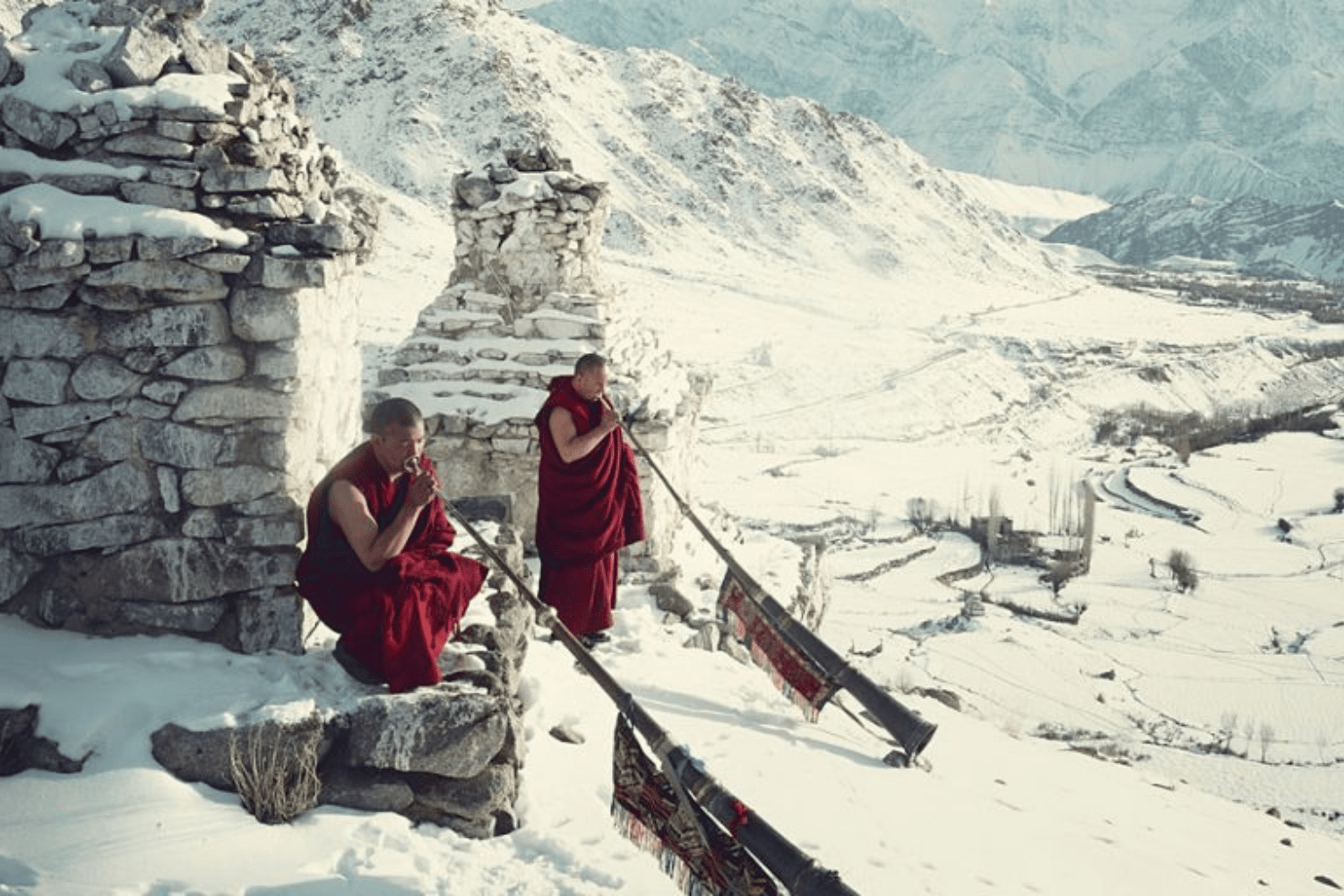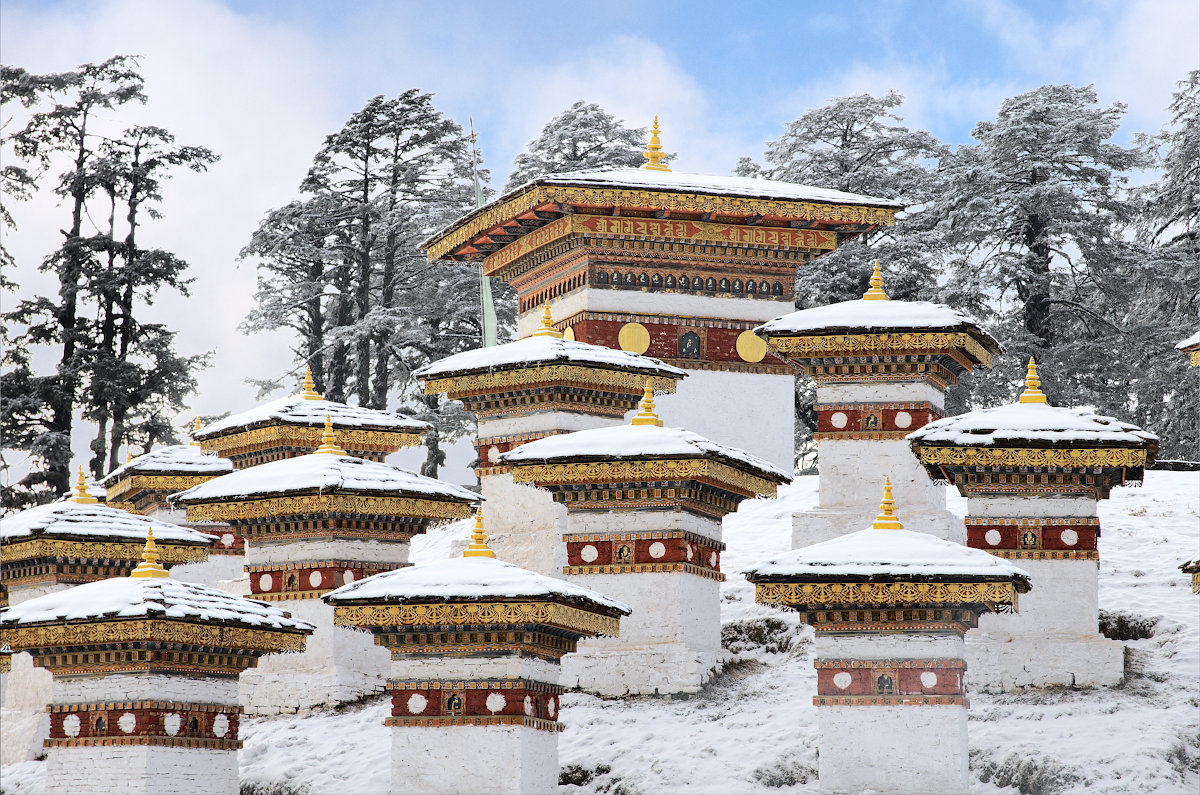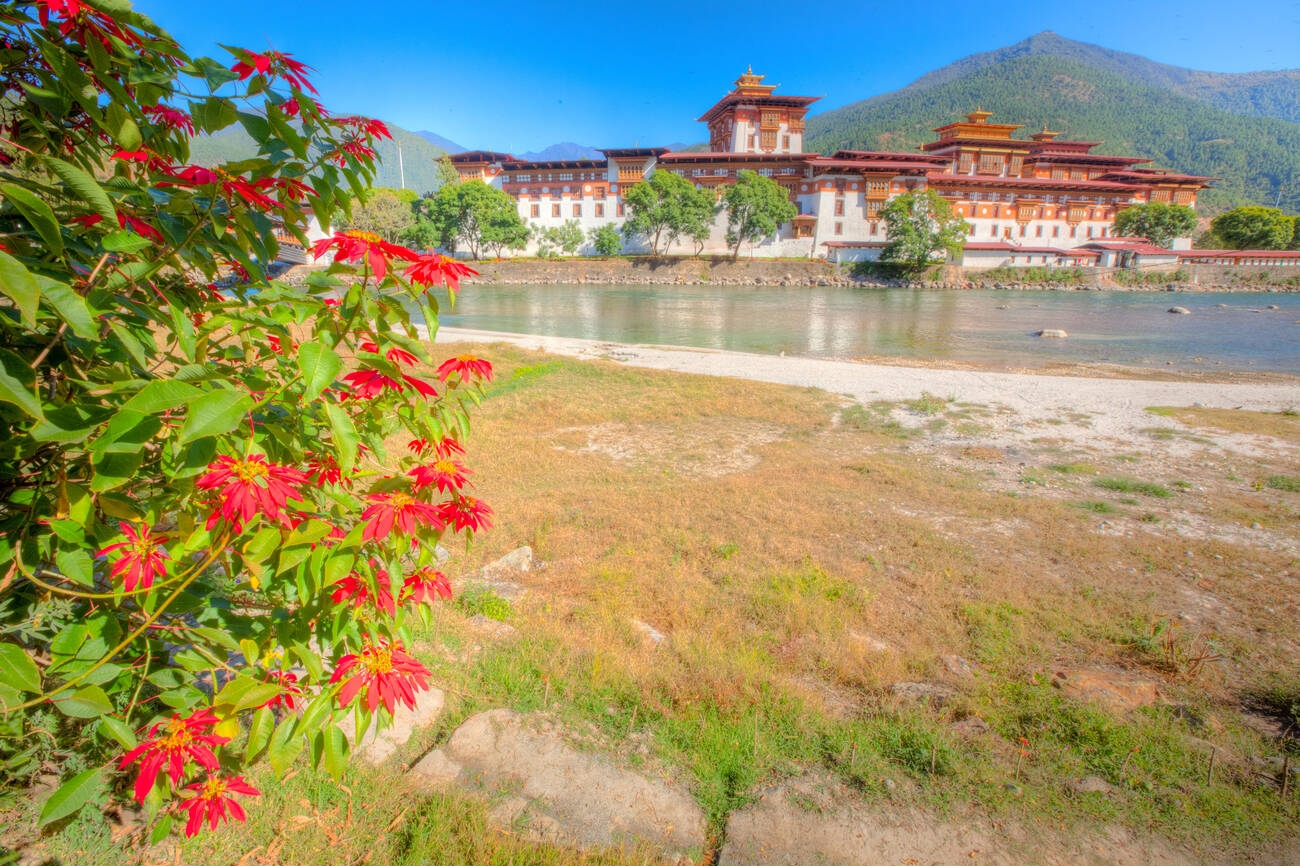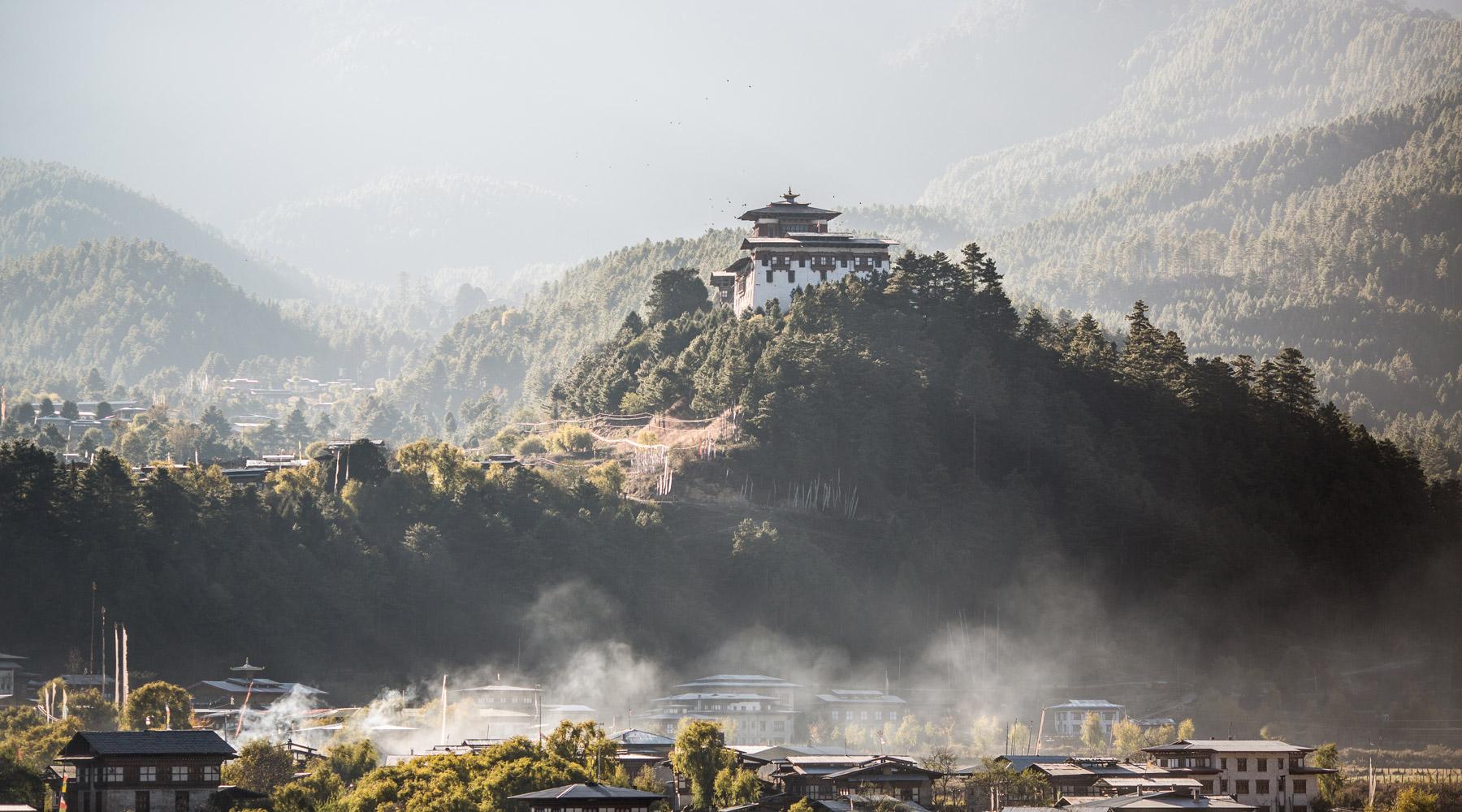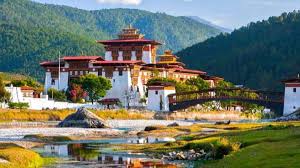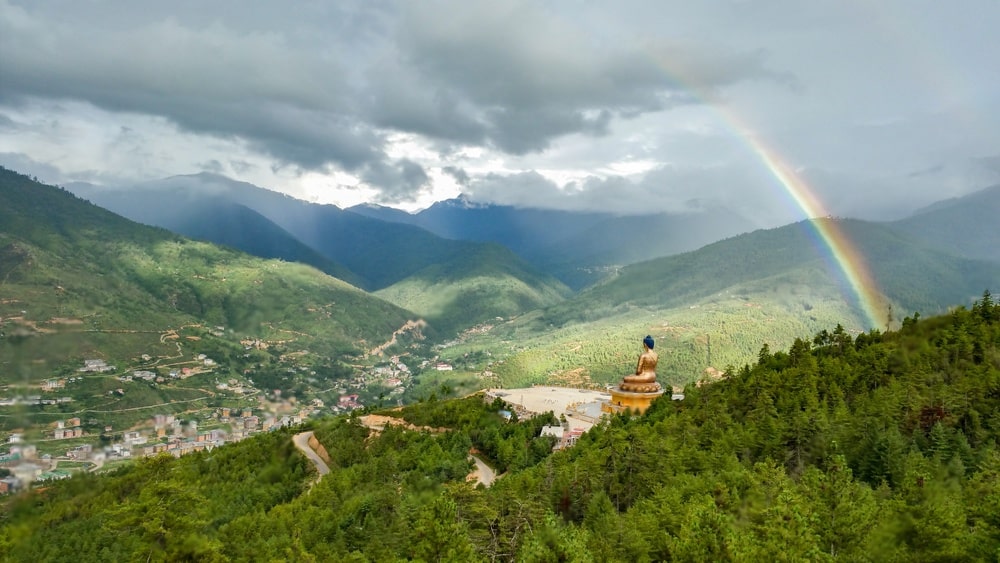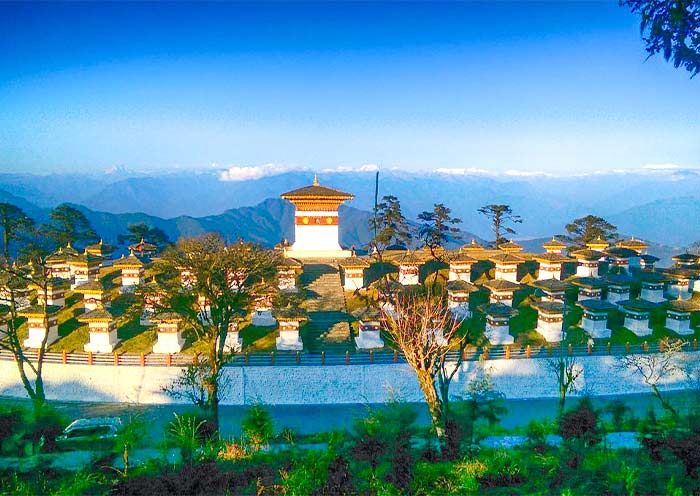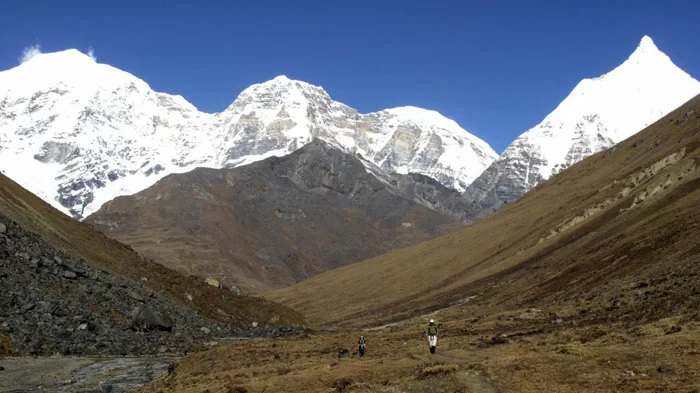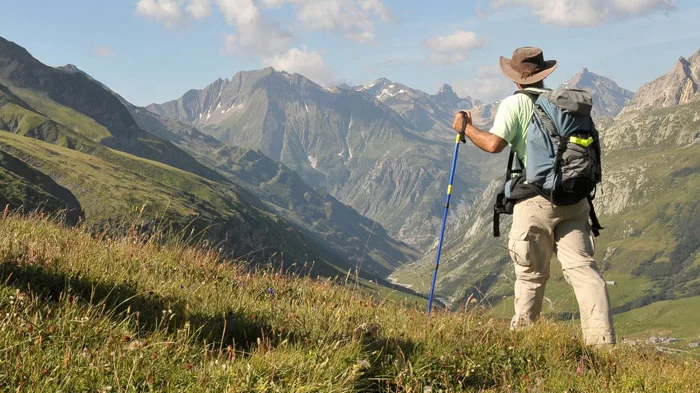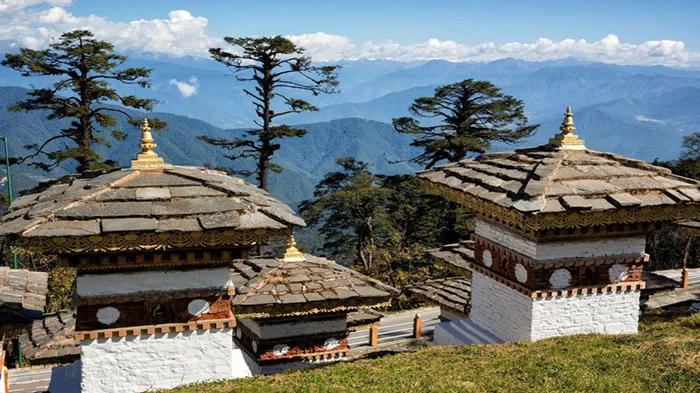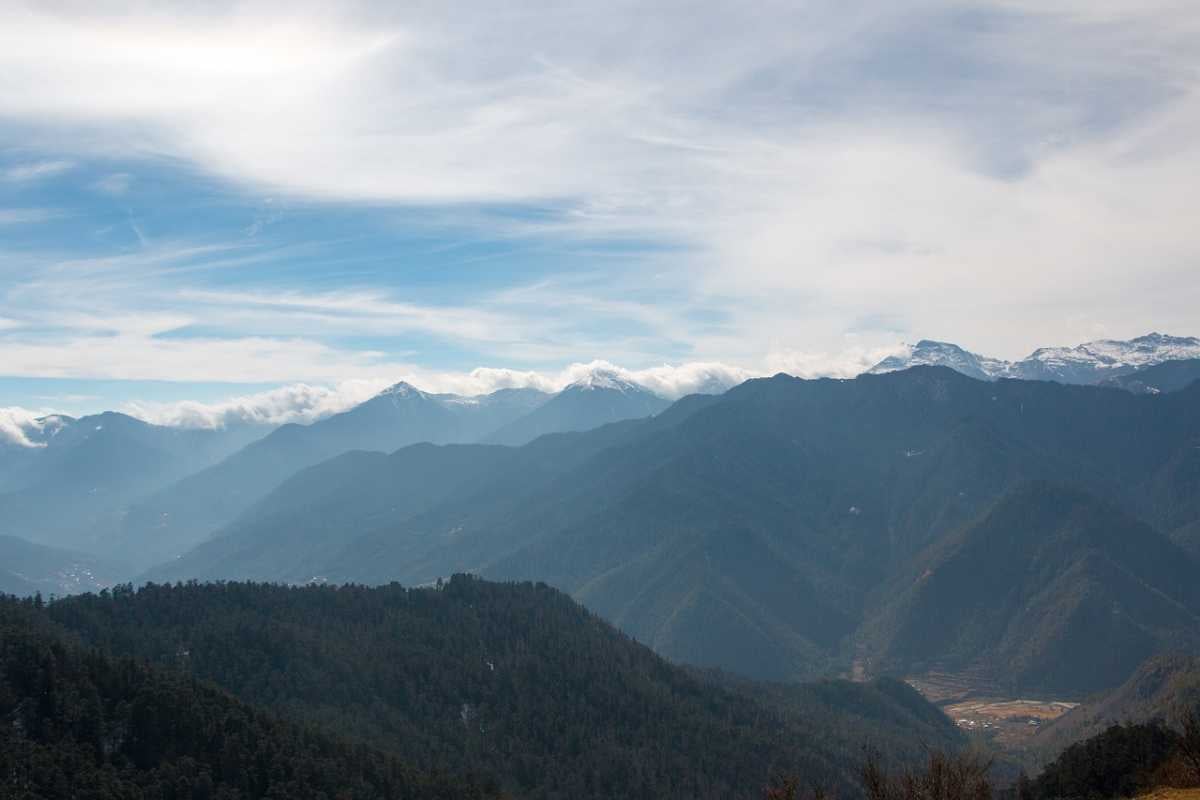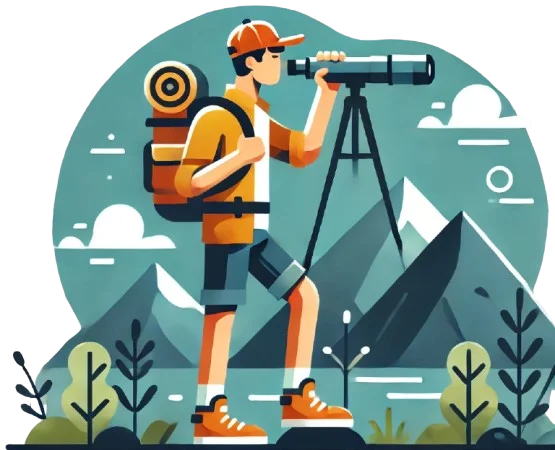Bhutan Weather in August
Bhutan in August remains in the monsoon season, bringing lush green landscapes, misty mountains, and frequent rain showers. The country experiences high humidity, occasional thunderstorms, and warm temperatures, especially in the southern and lower-altitude regions. However, rainfall ...
is usually intermittent, with dry periods in the mornings and heavier showers in the afternoons and evenings, allowing for sightseeing and exploration.
In Thimphu, Paro, and Bumthang, daytime temperatures range from 18°C to 28°C, while nights are cooler, around 12°C to 18°C. These central regions receive moderate rainfall, which enhances the beauty of Bhutan’s valleys, rivers, and forests. The high passes like Dochula and Chele La remain misty, sometimes obstructing views of the Himalayas but adding a mystical charm to the landscapes.
In Punakha, Wangdue Phodrang, and Phuentsholing, temperatures are warmer, ranging from 22°C to 32°C, with higher humidity levels. These lower-altitude areas receive heavier rainfall, making the fields and forests vibrant and full of life. The rice paddies in Punakha are at their greenest, offering breathtaking scenery for nature lovers.
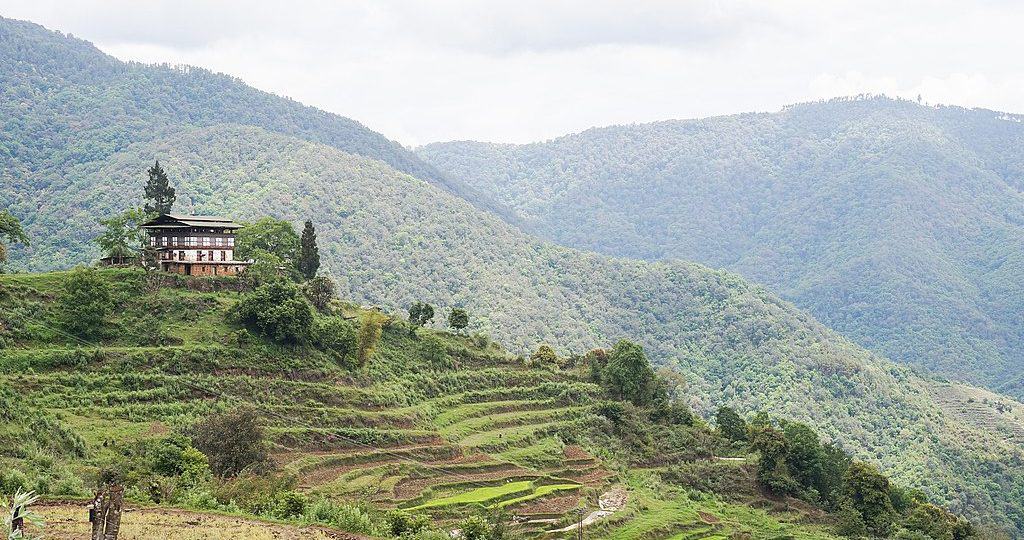
More Detail About Bhutan Weather in August
While long treks are not recommended due to muddy and slippery trails, Bhutan’s cultural and historical sites remain open, providing great opportunities for indoor exploration. Festi ...
vals like Matsutake Mushroom Festival in Ura Valley and local Tshechus in various districts take place in August, offering a chance to experience Bhutanese traditions, food, and cultural performances.
For visitors in August, rain gear, waterproof shoes, and insect repellent are essential. Despite the rainy conditions, Bhutan’s lush greenery, fresh air, and peaceful atmosphere make it a beautiful time to visit for those who enjoy serenity, nature, and cultural experiences without the usual tourist crowds.
Categories

Request a call back
Our experts would love to create a package just for you!







